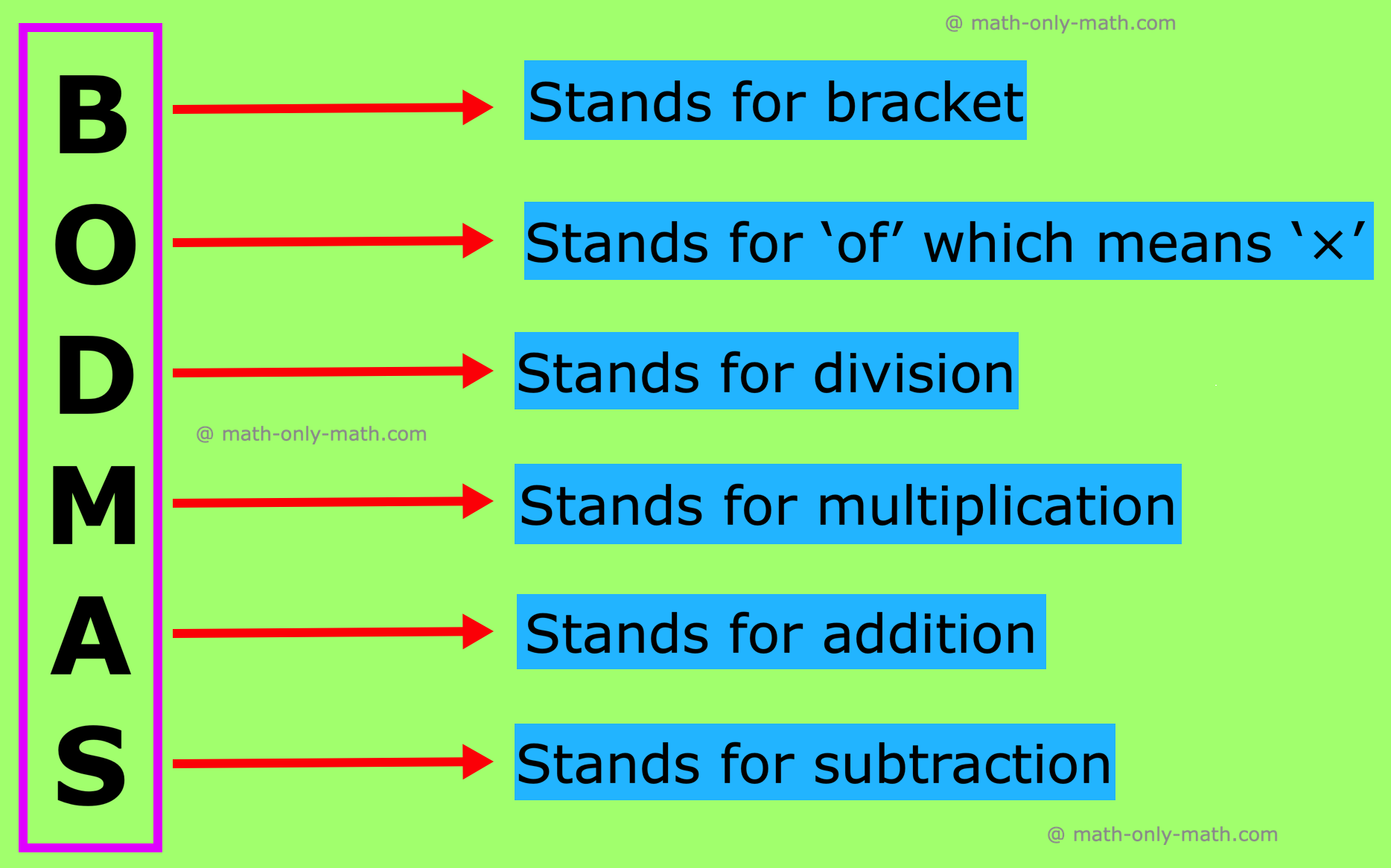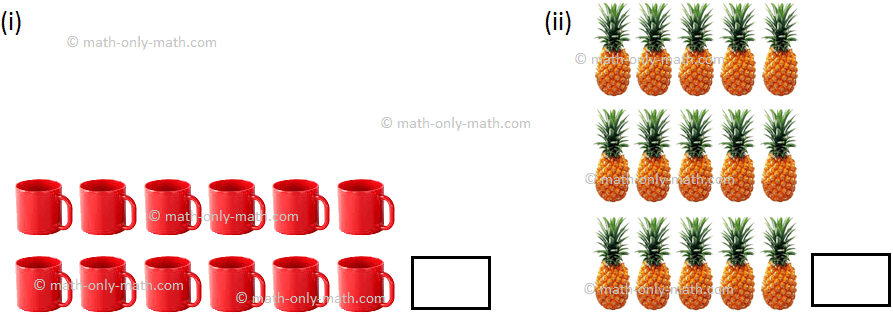Months and Days
We will discuss about the months and days in a year. There are 12 months in a year.
They are: January, February, March, April, May, June, July, August, September, October, November and December.
The names of the months of the year, number of days in each month and their short form are as follows:
|
Months of the year 1st month January 2nd month February 3rd month March 4th month April 5th month May 6th month June 7th month July 8th month August 9th month September 10th month October 11th month November 12th month December |
Number of days 31 28 (or 29) 31
30 31 30 31 31 30 31 30 31 |
Short form Jan. Feb. Mar.
Apr. May June July Aug. Sep. Oct. Nov. Dec. |
Close your hand into a fist and then count for the knuckles. We will see that all the months with 31 days are counted on the knuckles. The rest come in between the knuckles.
Always start with January on the knuckle of the forefinger then February on the space between this knuckle and the next knuckle and so on.
To find the number of days in a year we need to calculate
(7 × 31) + (4 × 30) + (1 × 28)
= 217 + 120 + 28
= 365
There are 365 days in a year. One year in four years has an extra day. A year with 366 days is called a leap year. Every fourth year is a leap year. The extra day is added to February which then has 29 days. Some of the leap years are: 1968, 1972, 1976, 1980, 1984, 1988, 1992, 1996, 2000, etc.
How do we find the next leap year that comes after 2000?
We know, a week has 7 days. Now to find the number of weeks in a year we need to divide 365 by 7.
So, 365 ÷ 7 = 52 weeks and 1 day
We can learn from the calendar that:
7 days = 1 week
About 52 weeks = 1 year
12 months = 1 year
365 days = 1 year
366 days = 1 leap year
about 4 weeks = 1 month
10 years make one decade
100 years make one century
1000 years make one millennium
Note:
The years from 1900 to 1999 is known as the twentieth century.
The years from 2000 to 2099 is called twenty-first century.
The years 1001 to 2000 equal 1000 years that makes one millennium.
Questions and Answers on Months and Days:
I. Fill in the blanks:
(i) There are …………. months in a year.
(ii) October months comes after ………….
(iii) …………. shows the year, month and days.
(iv) A leap year has …………. days.
Answer:
I. Fill in the blanks:
(i) 12
(ii) September
(iii) Calendar
(iv) 366
II. Write T for true and F for false.
(i) There are 31 days in September.
(ii) There are 52 weeks in a year.
(iii) Leap year comes after 4 years.
(iv) December is the first month of the year.
Answer:
II. (i) F
(ii) T
(iii) T
(iv) F
III. Arrange the months of the year in correct order.
June, July, August, January, February, November, December, March, April, October, May, September.
Answer:
III. January, February, March, April, May, June, July, August, September, October, November and December.
IV. Match the following:
|
(i) Day comes after Sunday (ii) Month having 28 or 29 days. (iii) Last month of the year. (iv) Third day of the week. |
1. Tuesday 2. December 3. February 4. Monday |
Answer:
IV. (i) → 4
(ii) → 3
(iii) → 2
(iv) → 1
V. Write the number of days in the boxes.
|
(i) January (ii) May (iii) March (iv) July (v) September (vi) December |
_____ _____ _____ _____ _____ _____ |
Answer:
V. (i) 31 days
(ii) 31 days
(iii) 31 days
(iv) 31 days
(v) 30 days
(vi) 31 days
From Months and Days to HOME PAGE
Didn't find what you were looking for? Or want to know more information about Math Only Math. Use this Google Search to find what you need.
Recent Articles
-
BODMAS Rule | Order of Operation | Definition, Examples, Problems
Mar 30, 25 01:11 PM
Easy and simple way to remember BODMAS rule!! B → Brackets first (parentheses) O → Of (orders i.e. Powers and Square Roots, Cube Roots, etc.) DM → Division and Multiplication -
Subtracting 1-Digit Number | Subtract Two One-Digit Number | Video
Mar 30, 25 10:16 AM
In subtracting 1-digit number we will subtract or minus one-digit number from one-digit number or one-digit number from 2-digit number and find the difference between them. We know that subtraction me… -
Divisible by 10 | Test of Divisibility by 10 Video | Rules | Examples
Mar 29, 25 03:06 PM
Divisible by 10 is discussed below. A number is divisible by 10 if it has zero (0) in its units place. Consider the following numbers which are divisible by 10, using the test of divisibility by 10: -
Divisible by 9 | Test of Divisibility by 9 | Rules | Video | Examples
Mar 29, 25 02:55 PM
A number is divisible by 9, if the sum is a multiple of 9 or if the sum of its digits is divisible by 9. Consider the following numbers which are divisible by 9, using the test of divisibility by 9: -
Divisible by 6 | Rules for Test of Divisibility by 6 Video | Examples
Mar 29, 25 02:48 PM
Divisible by 6 is discussed below: A number is divisible by 6 if it is divisible by 2 and 3 both. Consider the following numbers which are divisible by 6, using the test of divisibility by 6: 42






New! Comments
Have your say about what you just read! Leave me a comment in the box below. Ask a Question or Answer a Question.